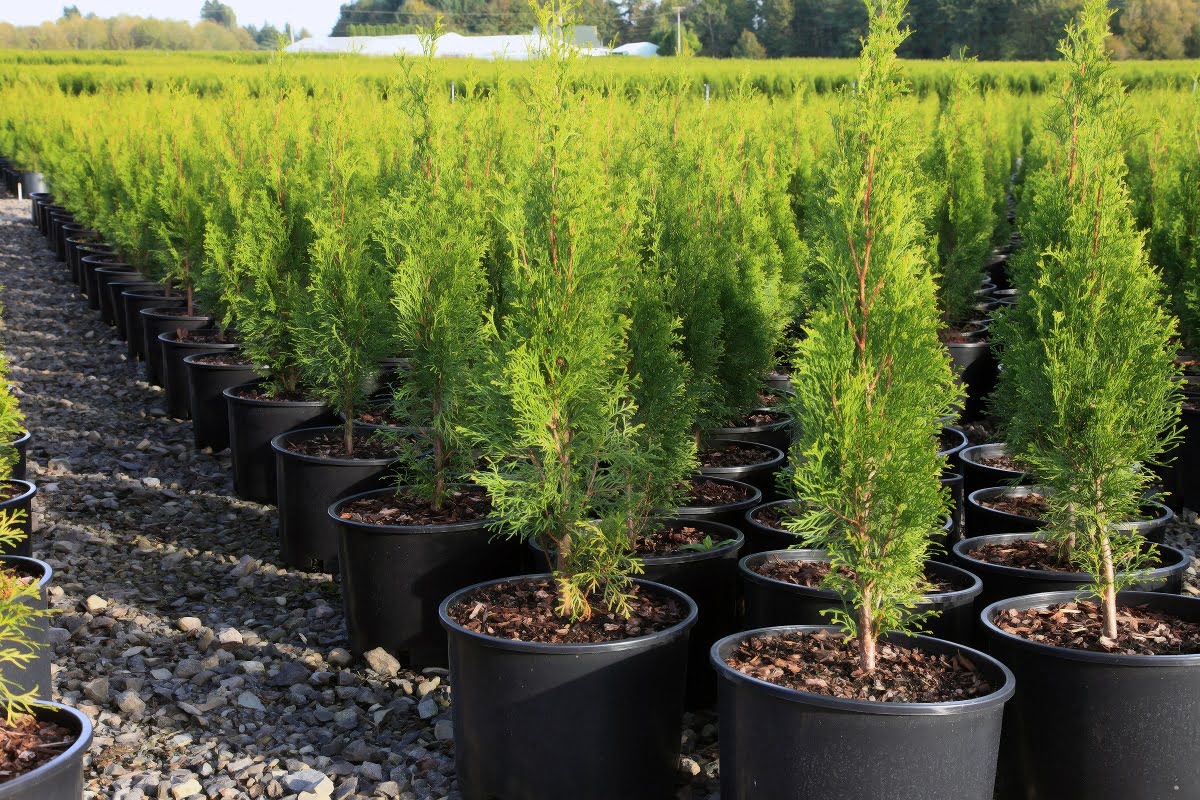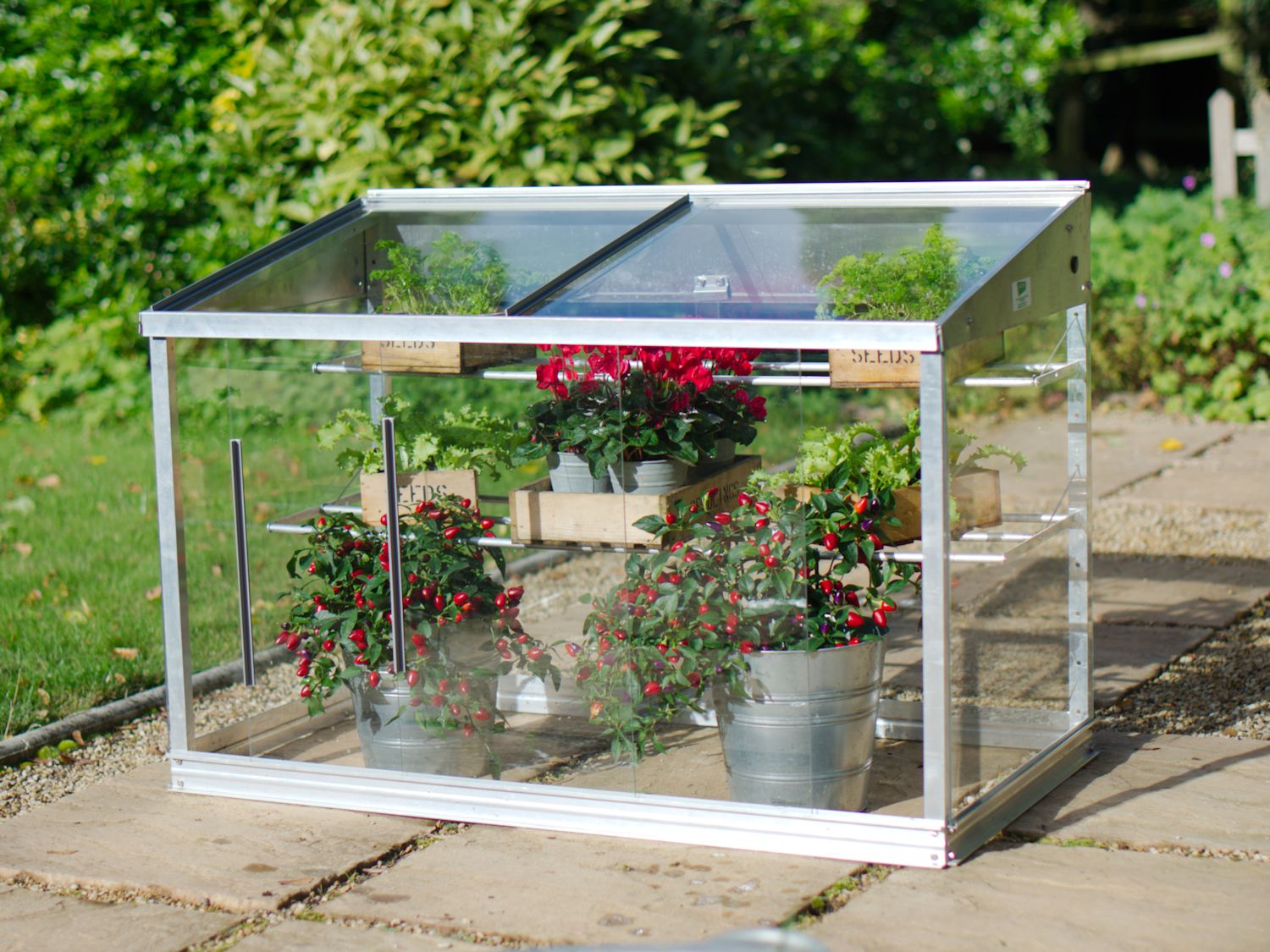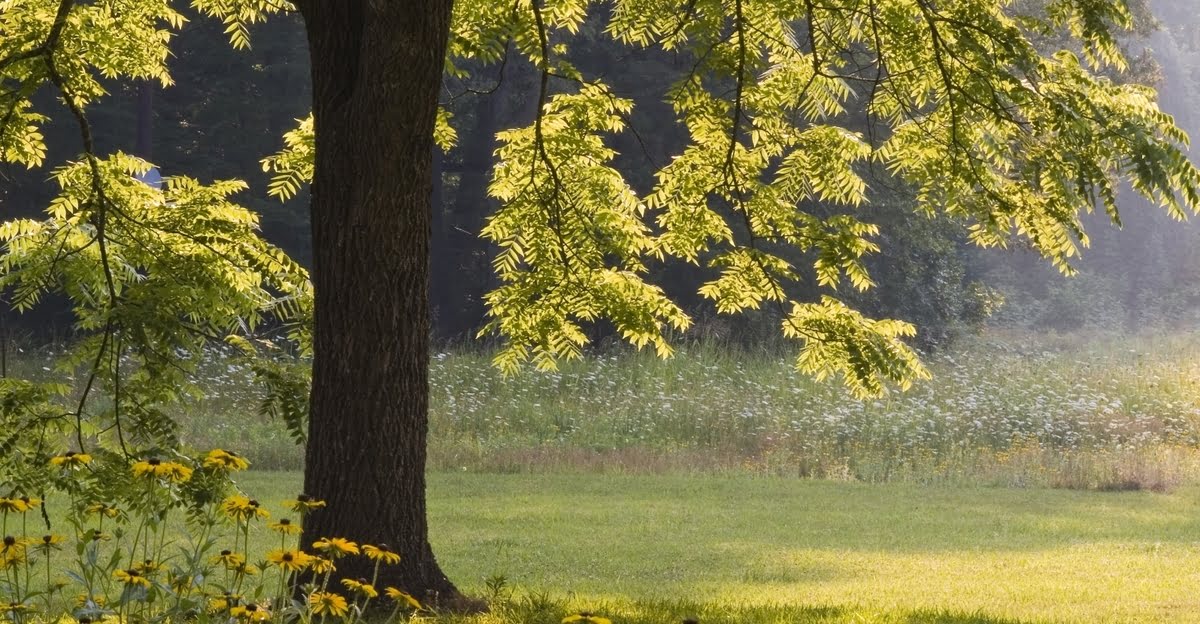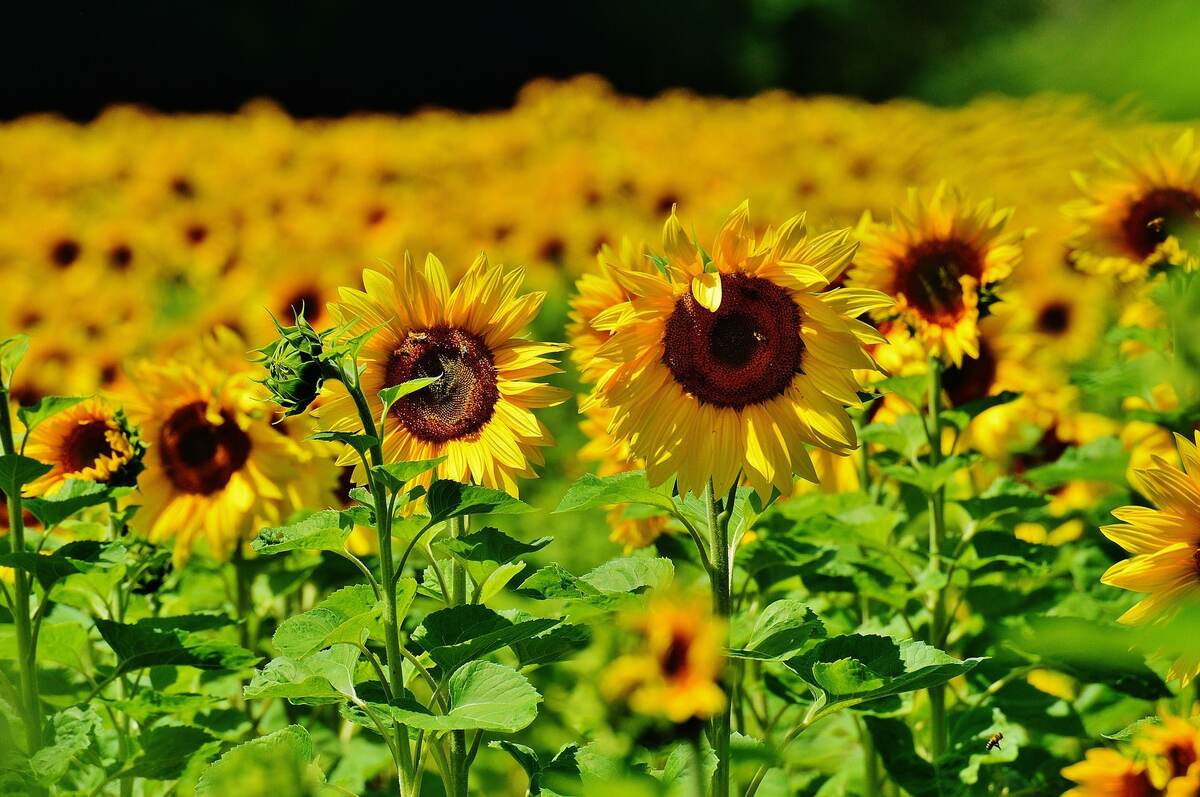Home>Types of Gardening>Ornamental Gardening>In What Biome Are Small Trees And Shrubs Found
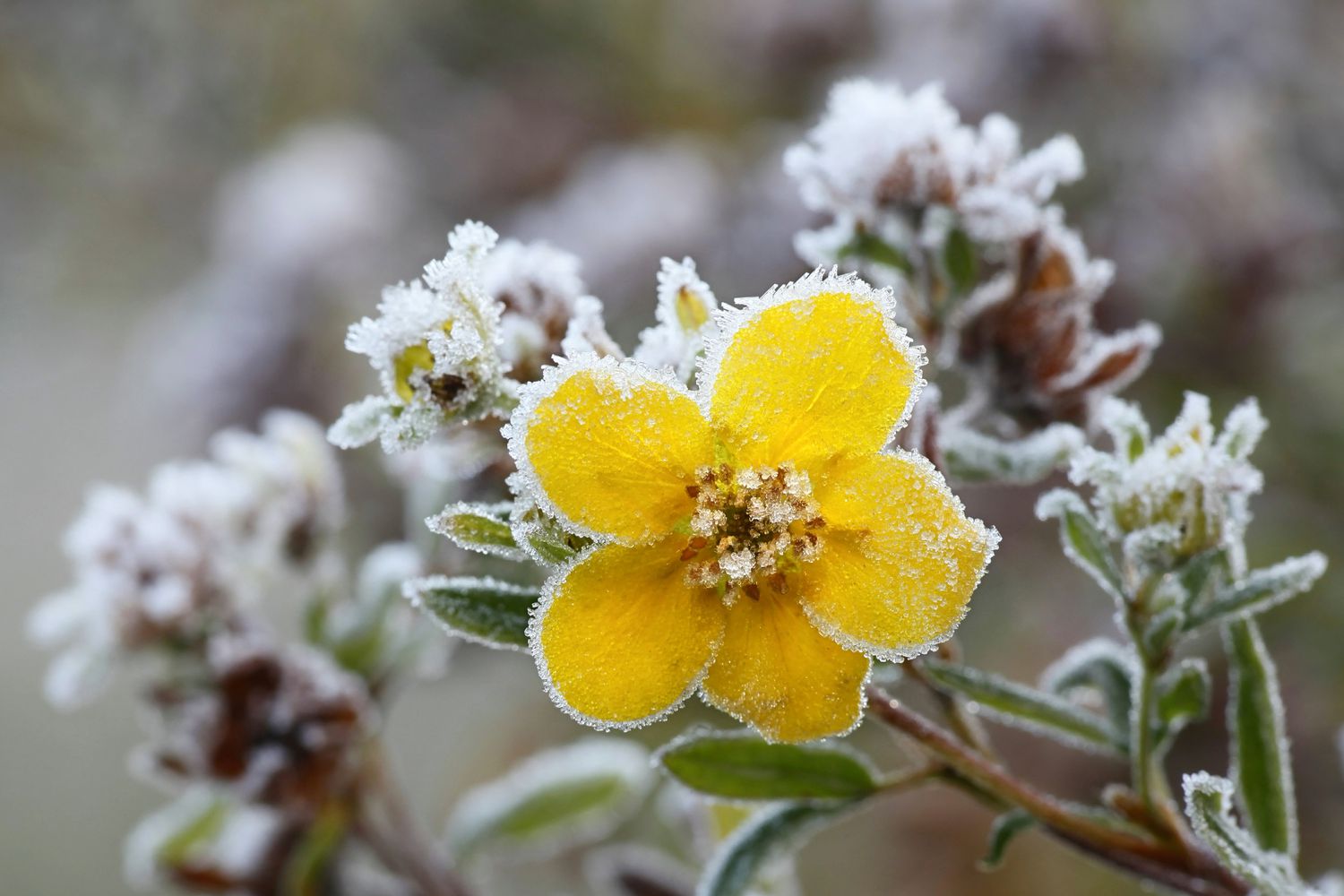

Ornamental Gardening
In What Biome Are Small Trees And Shrubs Found
Modified: February 8, 2024
Discover the perfect biome for small trees and shrubs in ornamental gardening. Explore how to create a vibrant landscape with beautiful and low-maintenance plants.
(Many of the links in this article redirect to a specific reviewed product. Your purchase of these products through affiliate links helps to generate commission for Chicagolandgardening.com, at no extra cost. Learn more)
Table of Contents
Introduction
Welcome to the world of ornamental gardening, where beauty meets nature and creativity blossoms. If you have a passion for transforming your outdoor space with vibrant colors and captivating foliage, then ornamental gardening is the perfect art form for you. Whether you have a sprawling backyard or a cozy balcony, you can create your own oasis with small trees and shrubs that thrive in various biomes.
In this article, we will explore the fascinating world of small trees and shrubs, and delve into the different biomes where they can be found. From lush forests to arid deserts, and from expansive grasslands to icy tundra, these beautiful plant species have adapted to thrive in diverse environments.
But before we delve into the specifics, let’s take a moment to understand what exactly a biome is. In ecology, a biome refers to a large geographical area characterized by distinct climate, vegetation, and animal life. Biomes play a crucial role in shaping the natural habitat of plants and animals, providing unique conditions for their growth and survival.
Now, let’s turn our attention to the stars of our article – small trees and shrubs. These plants may be compact in size, but they offer a multitude of benefits. They add visual interest and structure to your garden, create shade and privacy, attract pollinators, and even provide edible fruits and aromatic flowers. With their versatility and adaptability, small trees and shrubs can be the perfect addition to any ornamental garden.
Throughout this article, we will explore different biomes and the specific small trees and shrubs that thrive in each of them. So, whether you’re looking to create a lush forest-inspired garden or a desert oasis, we have you covered. Let’s dive into the enchanting world of ornamental gardening and discover the wonders of small trees and shrubs in various biomes.
Definition of Biome
Before we delve into the world of small trees and shrubs, let’s start by understanding the concept of a biome. In ecology, a biome refers to a large geographical area that is defined by its distinct climate, vegetation, and animal life. It is a unique ecosystem that is shaped by factors such as temperature, precipitation, soil conditions, and topography.
Each biome has its own set of characteristic plants and animals that have adapted to thrive in the specific environmental conditions of that region. The distribution of biomes is closely linked to factors such as latitude, altitude, and proximity to bodies of water. As a result, different biomes are found in different parts of the world, each exhibiting its own unique features and offering a diverse range of habitats.
There are several major biomes found around the globe, including forests, grasslands, deserts, and tundras. Each biome has its own distinct climate and vegetation, which in turn influences the types of small trees and shrubs that can be found there.
Biomes are often classified based on their climate patterns. For example, temperate biomes are characterized by moderate temperatures and receive a moderate amount of rainfall. This creates conditions suitable for a wide variety of small trees and shrubs, such as maple trees, azaleas, and hydrangeas.
In contrast, tropical biomes experience high temperatures and abundant rainfall, resulting in dense and lush vegetation. Here, you may find small trees and shrubs like palm trees, bromeliads, and hibiscus, which thrive in the warm and humid conditions.
On the other hand, arid biomes like deserts have extreme temperature variations and receive very little rainfall. Small trees and shrubs in these biomes have adapted to survive in the harsh conditions, with features such as deep root systems and reduced leaf surface area to minimize water loss.
Lastly, tundra biomes are characterized by extremely cold temperatures and a short growing season. Small trees and shrubs in the tundra have to withstand freezing temperatures and strong winds, often growing close to the ground to conserve heat and prevent damage from frost.
Understanding the concept of biomes is essential for ornamental gardeners, as it helps in selecting the appropriate small trees and shrubs that will thrive in specific climatic conditions. By working with the natural characteristics of a biome, gardeners can create stunning and sustainable landscapes that harmonize with the surrounding ecosystem.
Overview of Small Trees and Shrubs
Small trees and shrubs are an integral part of ornamental gardening, providing structure, color, and texture to the landscape. They are versatile plants that can be used in various garden styles, from formal gardens with defined borders to informal cottage gardens with a more relaxed and natural feel.
Small trees are typically defined as trees that reach a maximum height of 30 feet (9 meters), while shrubs are shorter in stature, ranging from a few feet to around 15 feet (4.5 meters). Despite their compact size, they have a significant impact on the overall aesthetics of a garden, offering a sense of scale and proportion.
One of the key advantages of small trees and shrubs is their ability to fit into smaller spaces. Whether you have a small urban courtyard or a modest backyard, these plants can be carefully selected and positioned to create a stunning and well-designed garden. They can be used as focal points, planted in groups to create visual interest, or utilized as hedging or screening plants to add privacy.
When it comes to the characteristics of small trees and shrubs, they come in a wide array of shapes, sizes, and foliage types. Some have attractive flowers that bloom seasonally, while others offer interesting bark or evergreen foliage that provides year-round interest.
Another advantage of small trees and shrubs is their relatively low maintenance requirements. Once they are established, they generally require less water and pruning compared to larger trees. However, it is still important to provide proper care and maintenance to ensure their health and longevity.
Choosing the right small trees and shrubs for your garden depends on several factors, including your climate, available space, and personal preferences. It’s essential to consider the specific needs of each plant, such as sunlight requirements, soil conditions, and water needs, to ensure their successful growth.
Small trees and shrubs can also play a vital role in supporting wildlife in your garden. They provide shelter and nesting sites for birds and insects, as well as food sources such as berries and nectar. By incorporating a variety of small trees and shrubs in your garden, you can create a thriving ecosystem and contribute to the conservation of biodiversity.
Now that we have explored the overview of small trees and shrubs, we can move on to the exciting part – discovering the specific biomes where they thrive. Join us as we explore the lush forests, expansive grasslands, arid deserts, and icy tundras that house these beautiful plant species.
Forest Biomes
Forest biomes are rich and diverse ecosystems that are characterized by a dense and extensive coverage of trees. They are found in various parts of the world, ranging from tropical rainforests to temperate and boreal forests. Forest biomes provide a suitable habitat for a wide variety of small trees and shrubs, each adapted to thrive in their specific forest environment.
Tropical rainforests are one of the most biodiverse biomes on earth, harboring an incredible array of plant and animal species. Small trees and shrubs in tropical rainforests are known for their vibrant foliage, unique shapes, and exotic flowers. Examples include the iconic orchids, bromeliads, and heliconias. These plants thrive in the warm and humid conditions of the rainforest, where they receive ample rainfall and shade from the dense tree canopy.
Temperate forests, also known as deciduous forests, are characterized by the changing colors of their foliage as the seasons transition. Small trees and shrubs in temperate forests include popular species such as dogwood trees, azaleas, and rhododendrons. These plants add bursts of color to the forest floor, with their blossoms in various shades of pink, red, and white.
Boreal forests, also known as taiga, are found in northern regions with cold climates. They are dominated by coniferous trees like pine, spruce, and fir. Small trees and shrubs in boreal forests have adaptations to survive in the harsh winters and short growing seasons. Examples include juniper bushes, mountain laurel, and dwarf birch trees, which offer evergreen foliage and can tolerate the cold temperatures and nutrient-poor soils of the taiga.
Forest biomes are not only visually appealing but also provide essential ecological services. They help regulate the temperature, purify the air, and absorb carbon dioxide, helping to mitigate climate change. Moreover, forests provide habitat for countless species of animals and insects, contributing to the overall biodiversity of the planet.
Whether you are aiming for a tropical rainforest-inspired garden or a serene temperate woodland, incorporating small trees and shrubs from forest biomes is a great way to bring the beauty of these natural habitats into your own outdoor space.
Now that we have explored the wonders of forest biomes, let’s move on to another fascinating biome – the grasslands.
Grassland Biomes
Grassland biomes cover vast expanses of land around the world, characterized by open spaces with predominantly grasses and scattered trees. These biomes are found in both tropical and temperate regions and are known for their unique beauty and ecological significance. Small trees and shrubs in grassland biomes have adapted to the specific characteristics of these environments.
Tropical grasslands, also known as savannas, are found in regions with a distinct wet and dry season. They feature a mixture of grasses, small trees, and shrubs. Acacia trees and baobabs are iconic examples of small trees found in African savannas. These trees provide shade and food sources for various animals in the grassland ecosystem.
Temperate grasslands, also known as prairies, are characterized by vast expanses of grasses with few scattered trees. However, small trees and shrubs can still be found in sheltered areas or along riverbanks. Examples include the beautiful redbud trees, sumac shrubs, and wildflowers like coneflowers and black-eyed Susans. These plants add splashes of color to the grassy landscape.
Grassland biomes are not only visually captivating but also offer important ecosystem services. They support a wide variety of grazing animals, such as bison, wildebeest, and pronghorn, who rely on the grasses for their sustenance. Additionally, grasslands play a crucial role in carbon sequestration and help prevent soil erosion.
When designing an ornamental garden inspired by grassland biomes, consider incorporating a mix of native grasses, small trees, and shrubs that thrive in open and sunny conditions. These plants can create a sense of openness and movement in your garden, reminiscent of the vast grassy landscapes found in natural grassland biomes.
Now that we have explored the beauty of grassland biomes, let’s move on to another intriguing biome – the deserts.
Desert Biomes
Desert biomes are characterized by their arid conditions, with minimal rainfall and extreme temperature variations. These harsh environments present unique challenges for plant life, making the small trees and shrubs that thrive in deserts incredibly resilient and adapted to survive in water-scarce conditions.
Desert plants have a range of adaptations to cope with the aridity of their surroundings. Many small trees and shrubs have deep root systems that allow them to tap into underground water sources. Succulents, such as the iconic saguaro cactus and the yucca plant, store water in their fleshy leaves or stems, enabling them to survive long periods without rainfall.
Other examples of small trees and shrubs in desert biomes include mesquite trees, creosote bushes, and acacias. These plants have adaptations such as small leaves, thick waxy coatings, and reduced leaf surface area to minimize water loss through transpiration.
Deserts, despite their harsh conditions, are home to a surprising diversity of plant and animal species. Small trees and shrubs in desert biomes provide crucial habitats and food sources for a variety of wildlife, including insects, birds, reptiles, and mammals.
Incorporating small trees and shrubs from desert biomes into your ornamental garden can create a unique and striking landscape. Desert plants add an element of rugged beauty and can thrive in dry and sunny conditions. Their architectural forms, textured foliage, and sometimes vibrant blossoms can create a captivating visual display.
When designing a desert-inspired garden, consider using well-draining soil and providing proper irrigation to mimic the arid conditions. Grouping plants with similar water needs together can help in efficient water usage. Additionally, using gravel or rock mulch can help conserve moisture and provide a natural desert-like aesthetic.
Now that we have explored the wonders of desert biomes, let’s move on to the final biome in our journey – the tundra.
Tundra Biomes
Tundra biomes are found in the coldest regions on Earth, such as the Arctic and high mountain areas. These environments are characterized by extremely low temperatures, strong winds, and a short growing season. Small trees and shrubs in tundra biomes have evolved unique adaptations to survive in these challenging conditions.
Due to the permafrost, a layer of permanently frozen soil, trees do not generally grow in tundra biomes. However, small, hardy shrubs and dwarf trees can be found. These plants often grow close to the ground to take advantage of the insulating snow cover and to minimize wind exposure.
Examples of small trees and shrubs in tundra biomes include willows, dwarf birches, and heathers. These plants are adapted to the cold temperatures and can tolerate the nutrient-poor and waterlogged soils found in tundras. They have short growing seasons and can produce exquisite blossoms and berries to attract pollinators and wildlife during the brief period of summer.
Small trees and shrubs in tundra biomes are crucial for providing habitats and food sources for a variety of animals in these harsh environments. They offer shelter for small mammals like the Arctic hare and lemmings, and provide nesting sites for birds like the snow bunting and ptarmigan.
When creating a garden with a tundra biome inspiration, incorporating these small trees and shrubs can add a unique and captivating element. Their low growing forms and colorful foliage can mimic the beautiful, rugged landscape of the tundra.
A tundra-inspired garden may require special considerations, such as well-drained soil and adequate sunlight exposure. Mulching with organic matter can help provide insulation and protect the root systems from freezing temperatures. Additionally, using rocks or gravel can mimic the rocky terrain that characterizes some tundra environments.
Now that we have explored the wonders of tundra biomes, let’s wrap up our journey through different biomes and reflect on the importance of small trees and shrubs in ornamental gardening.
Conclusion
As we conclude our exploration of the various biomes and the small trees and shrubs that thrive within them, we are left with a deep appreciation for the incredible diversity and adaptability of nature. Ornamental gardening allows us to bring a touch of these stunning biomes into our own outdoor spaces, creating visually captivating and ecologically rich landscapes.
From the lush forests to the expansive grasslands, from the arid deserts to the icy tundras, each biome offers its own unique beauty and challenges. Small trees and shrubs play a vital role in these ecosystems, providing essential habitat, food sources, and contributing to the overall biodiversity of the planet.
By understanding the specific characteristics of each biome, gardeners can select the appropriate small trees and shrubs that will thrive in their local climate and environmental conditions. Incorporating these plants into ornamental gardens not only adds visual interest and structure, but also contributes to the overall health and sustainability of the surrounding ecosystem.
Whether you envision a tropical rainforest-inspired garden with vibrant flowers and dense foliage, a serene temperate woodland with changing seasons, a desert oasis with resilient succulents, or a tundra-inspired landscape with hardy shrubs and dwarf trees, there is a vast array of small trees and shrubs to choose from.
As gardeners, we have the opportunity to create spaces that not only reflect our personal style and preferences but also respect and celebrate the natural world. By incorporating small trees and shrubs from various biomes, we can create ornamental gardens that inspire, provide sanctuary for wildlife, and contribute to a healthier and more sustainable planet.
So, let your imagination soar, and let the beauty of small trees and shrubs from different biomes transform your outdoor space into a magnificent oasis of nature’s splendor.


